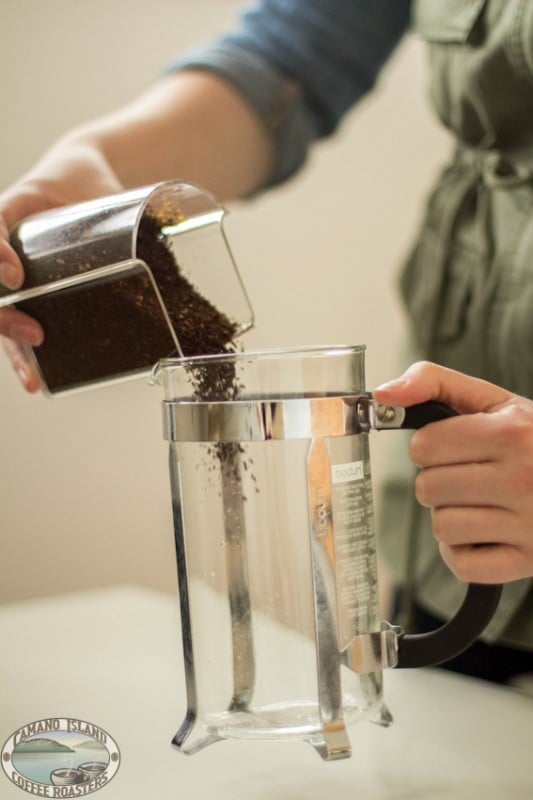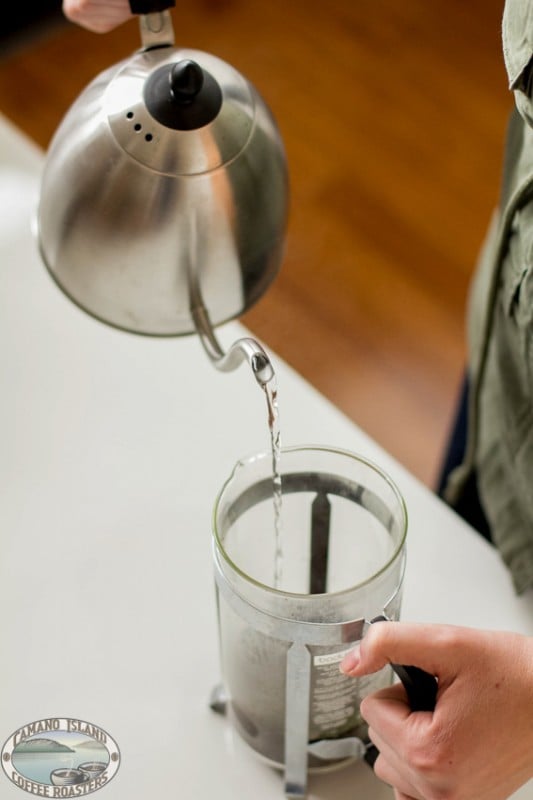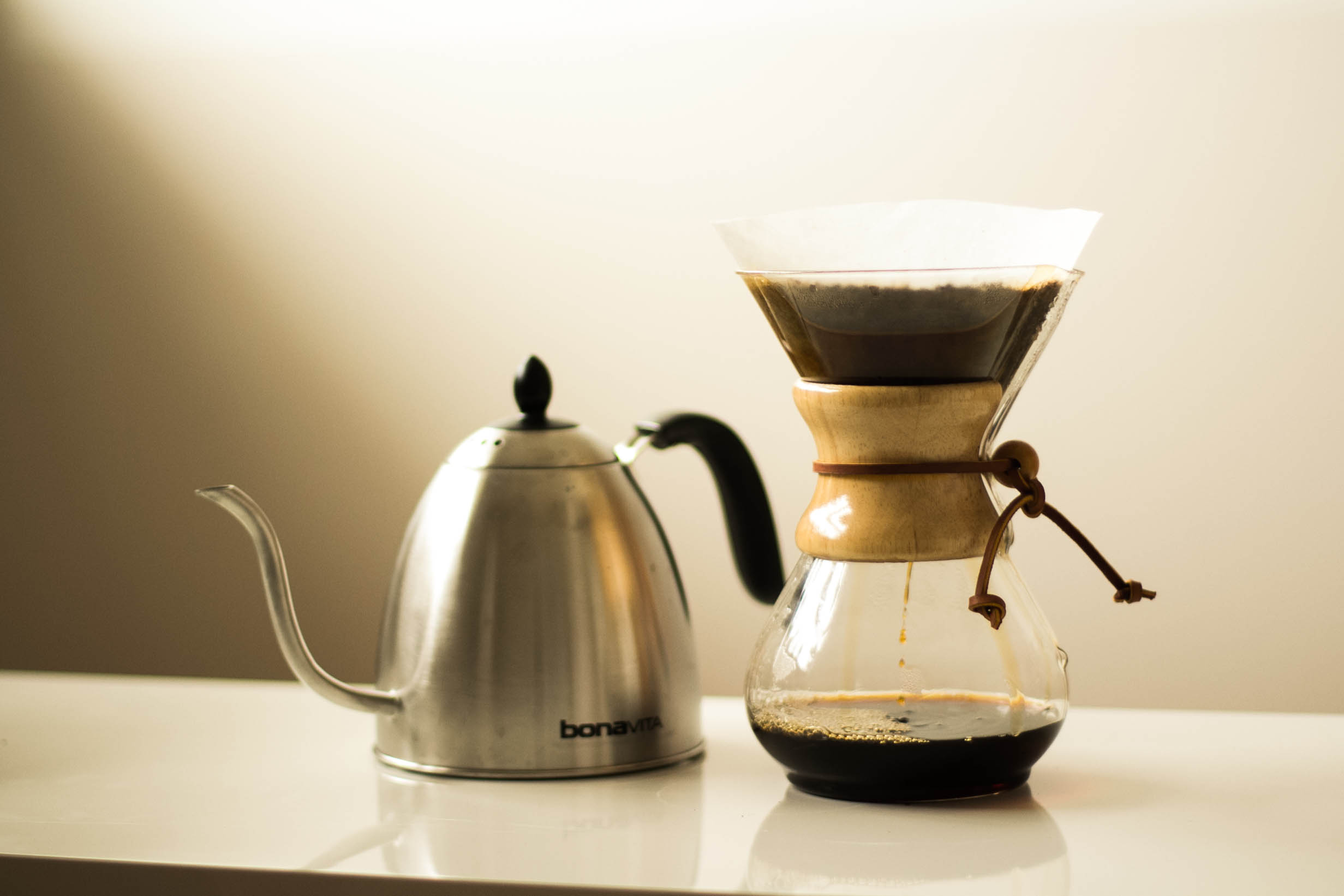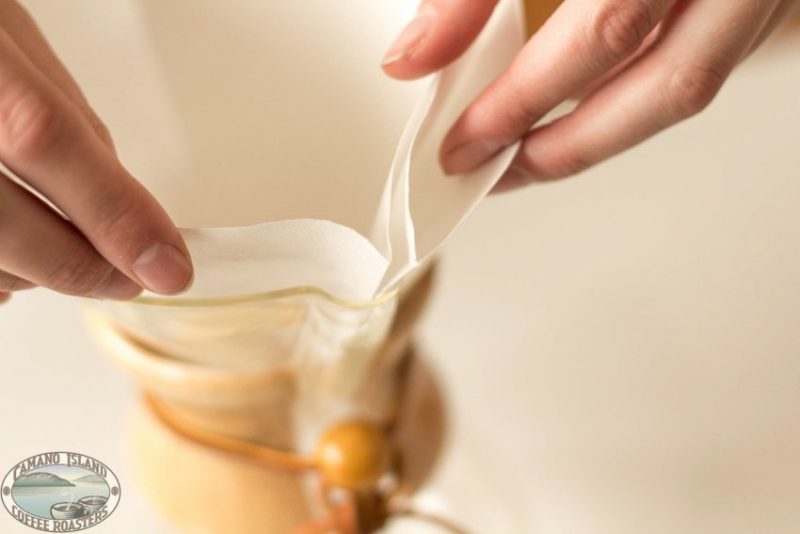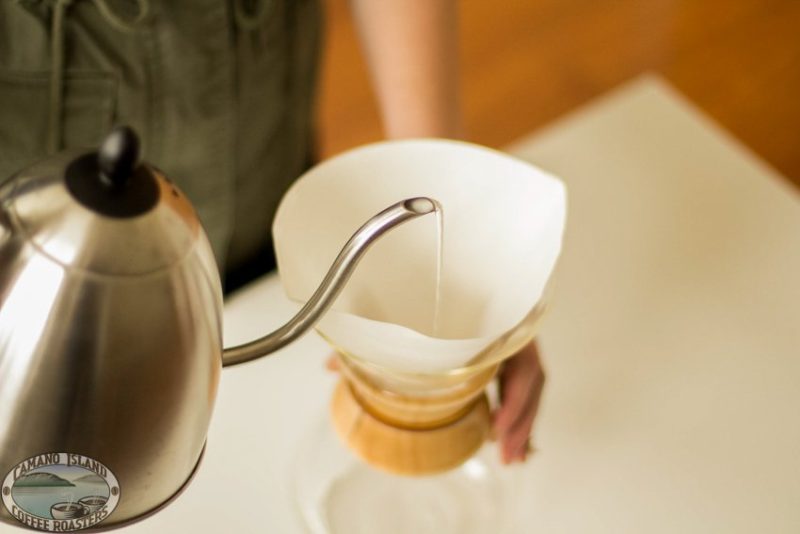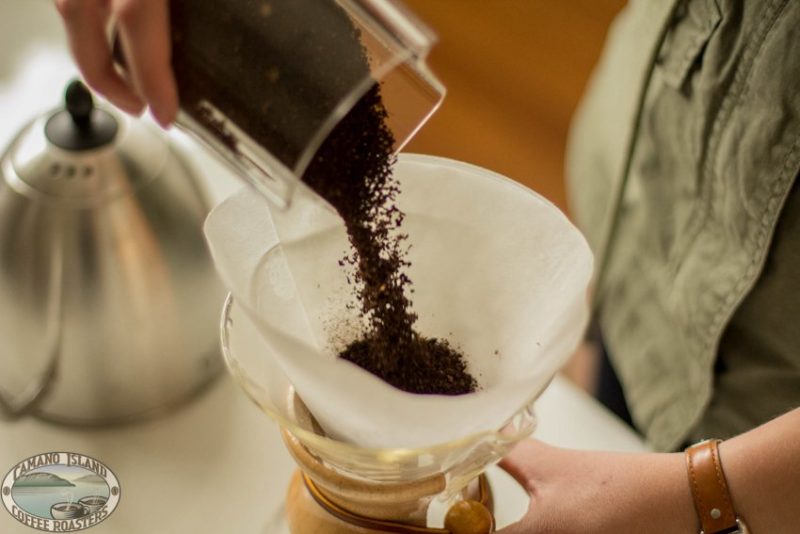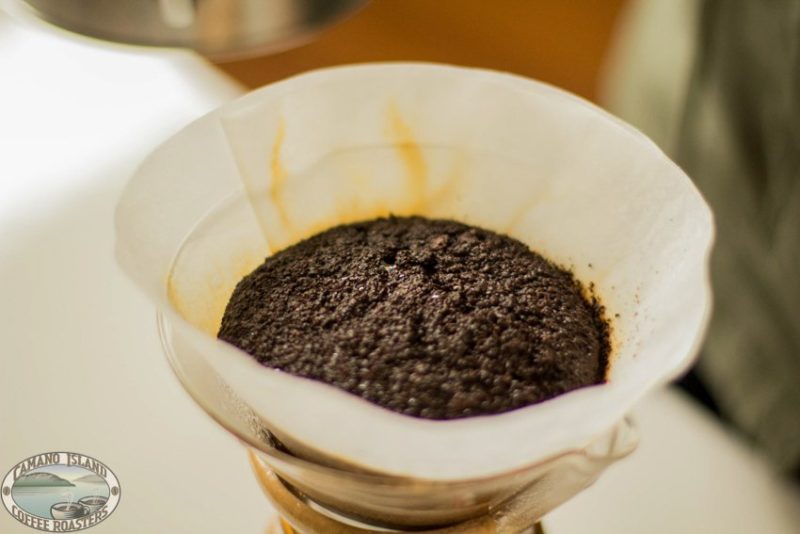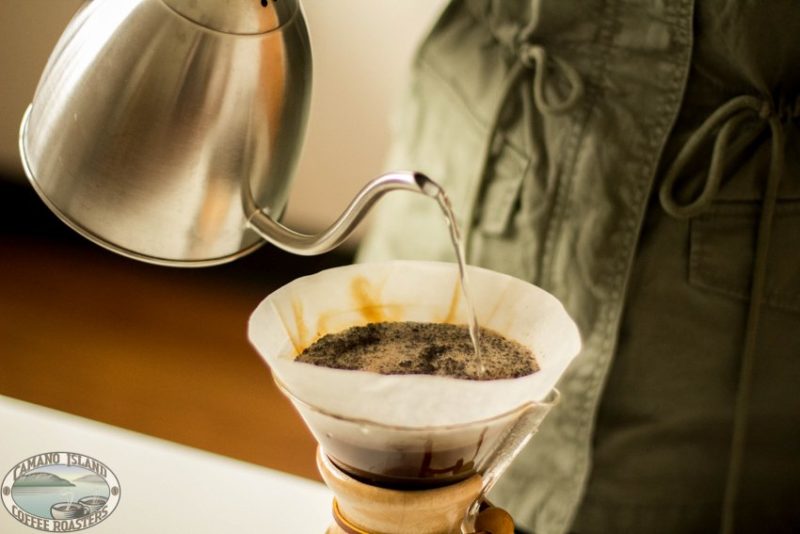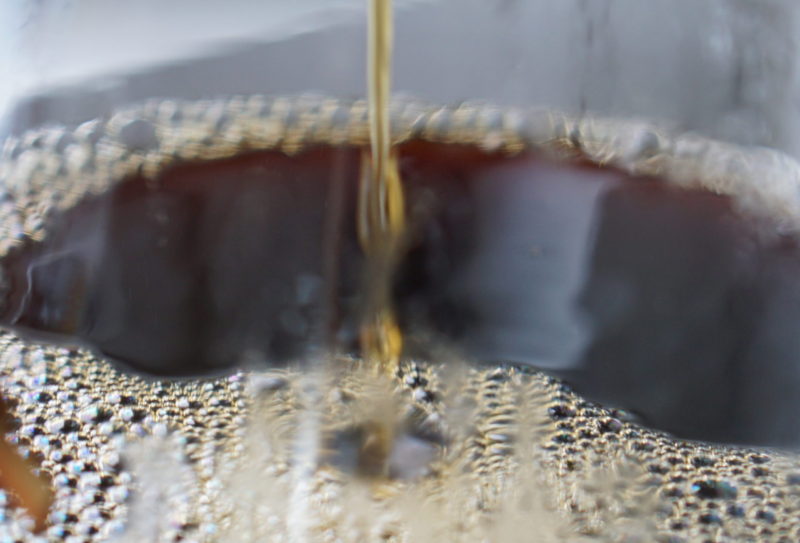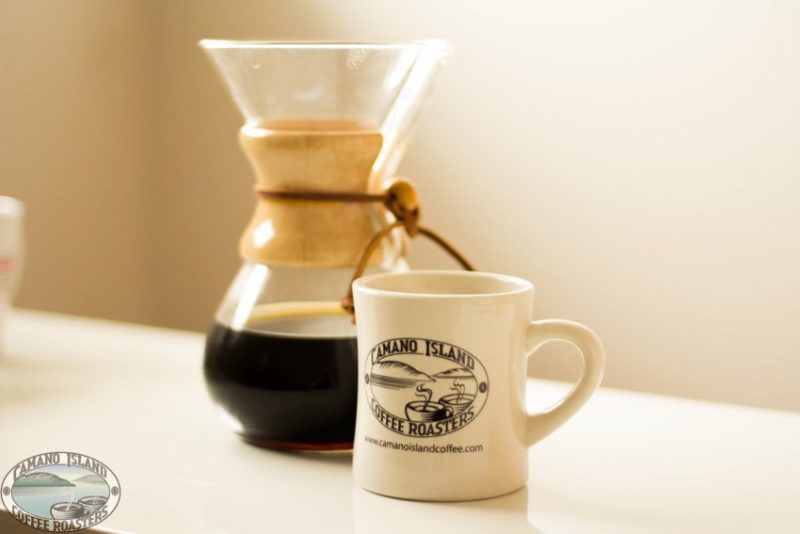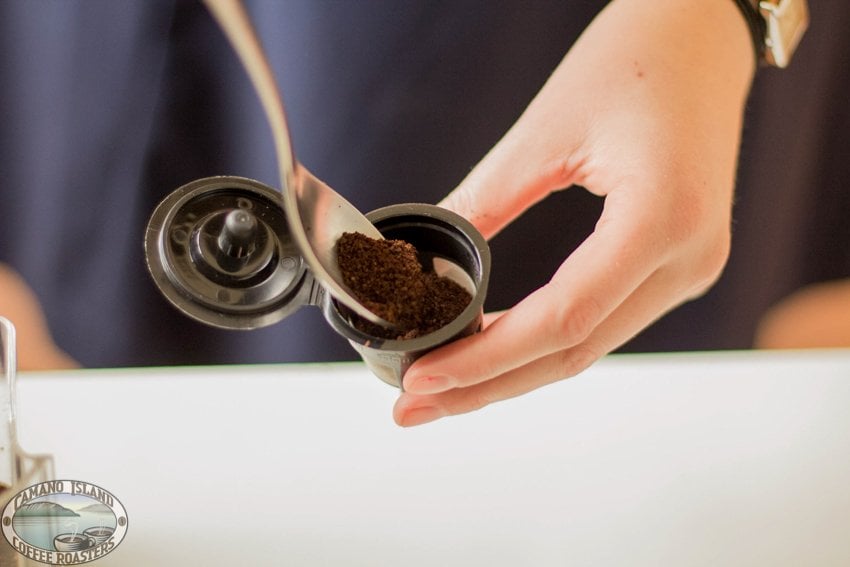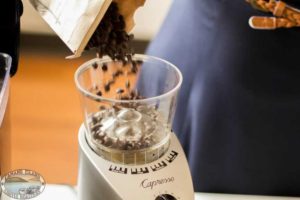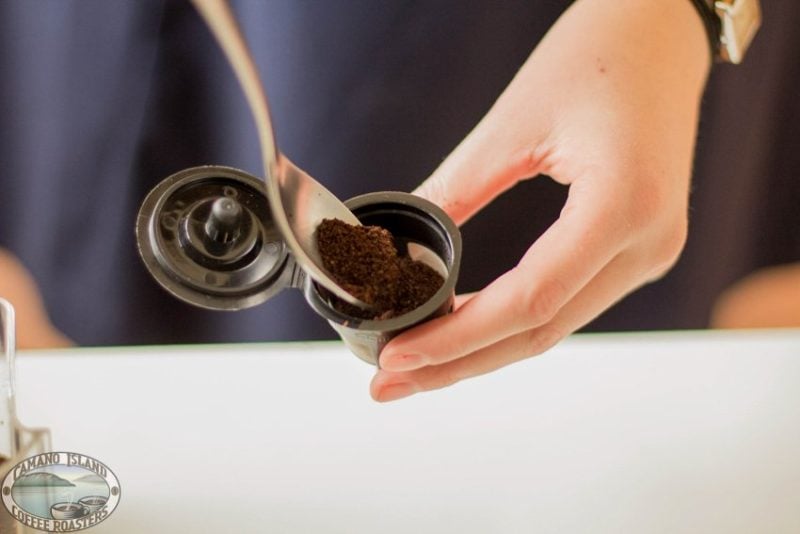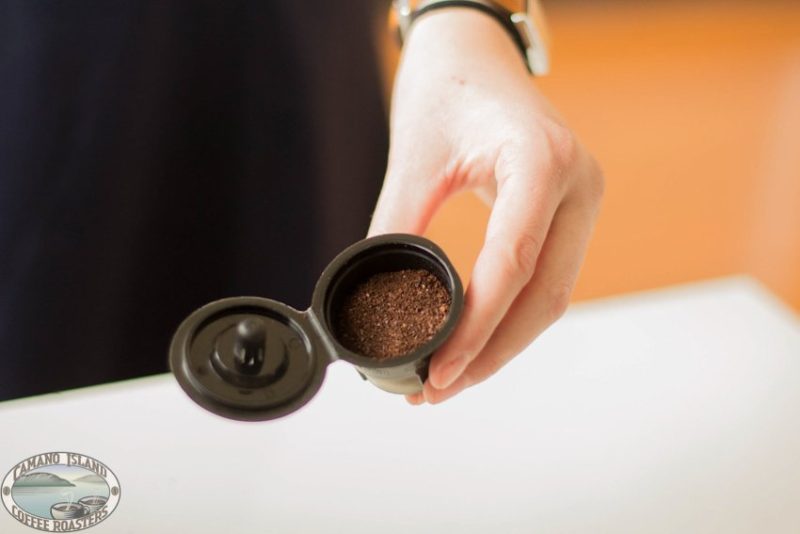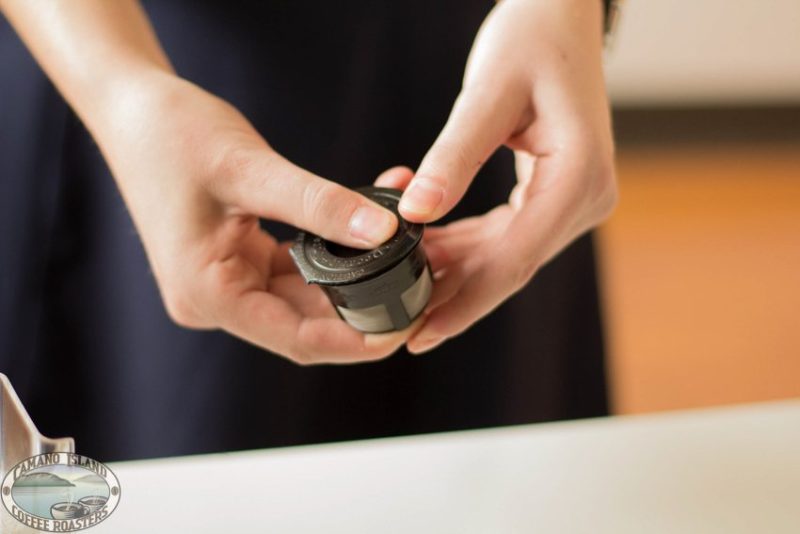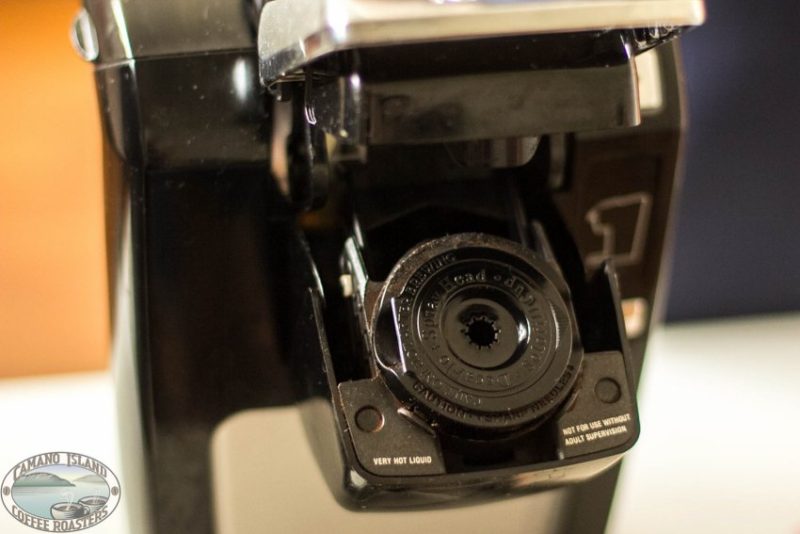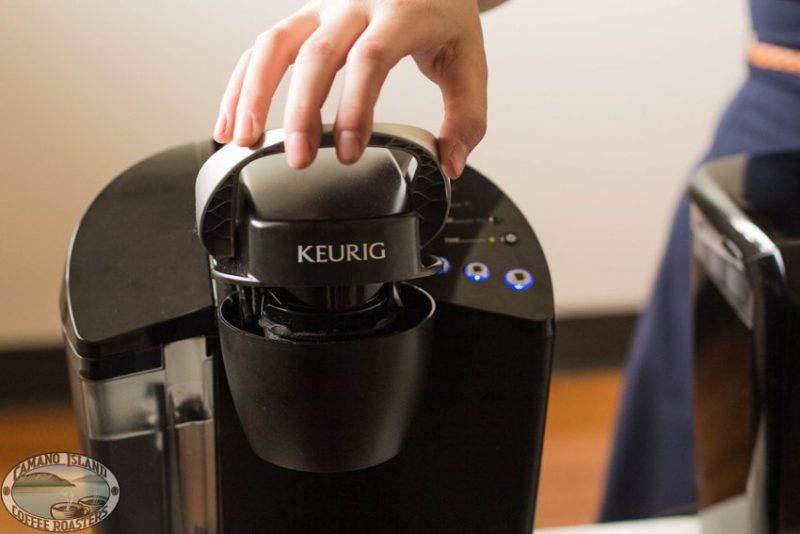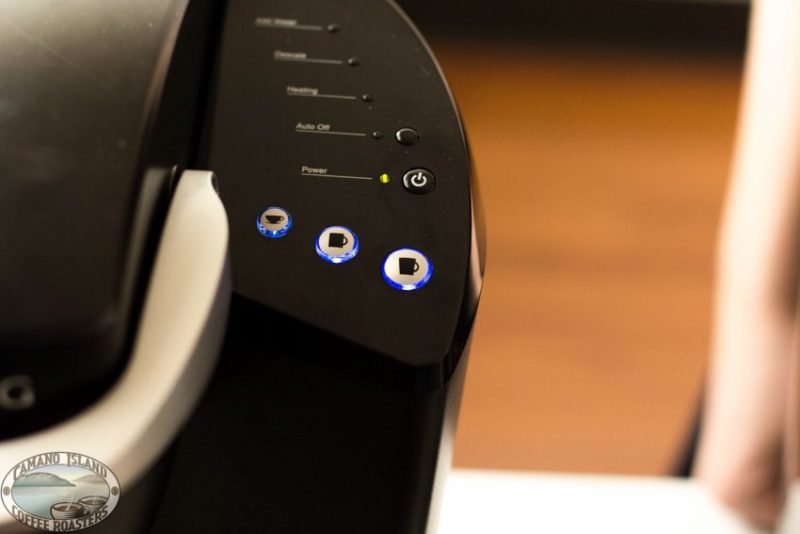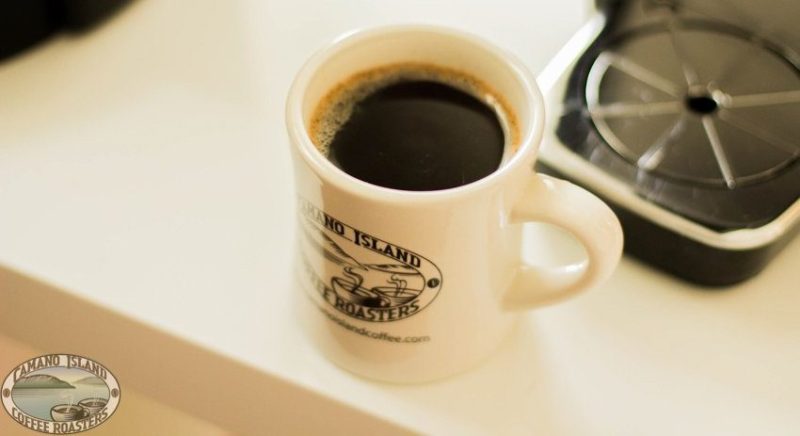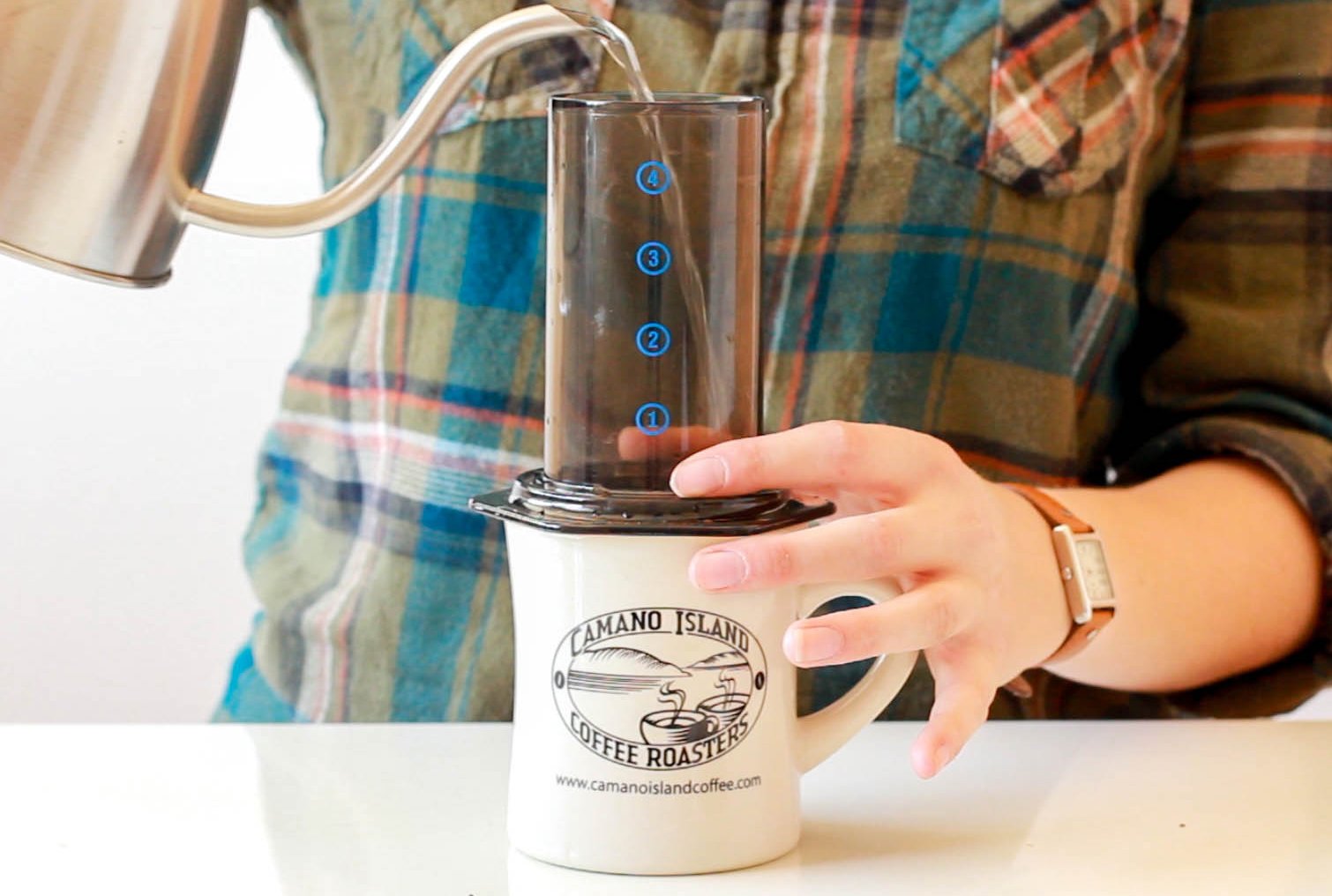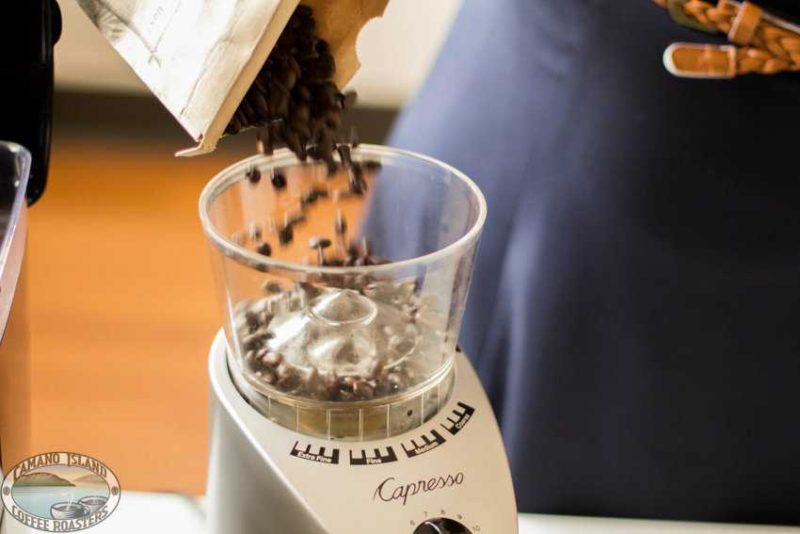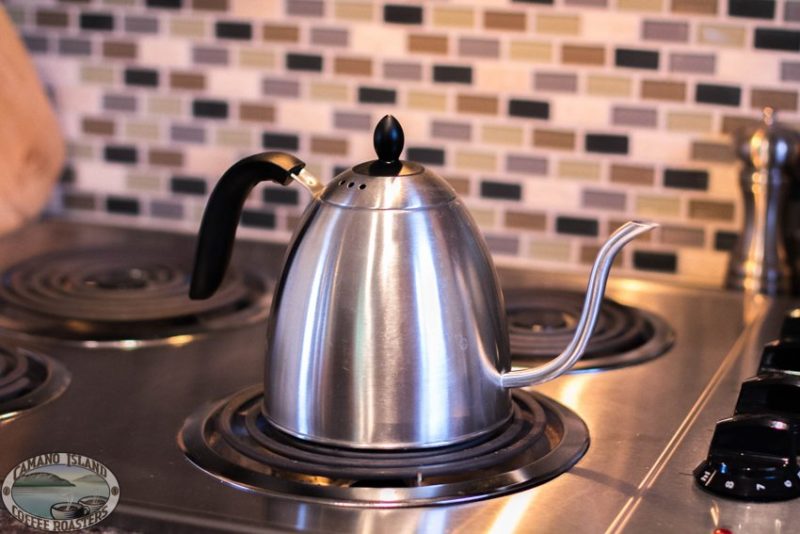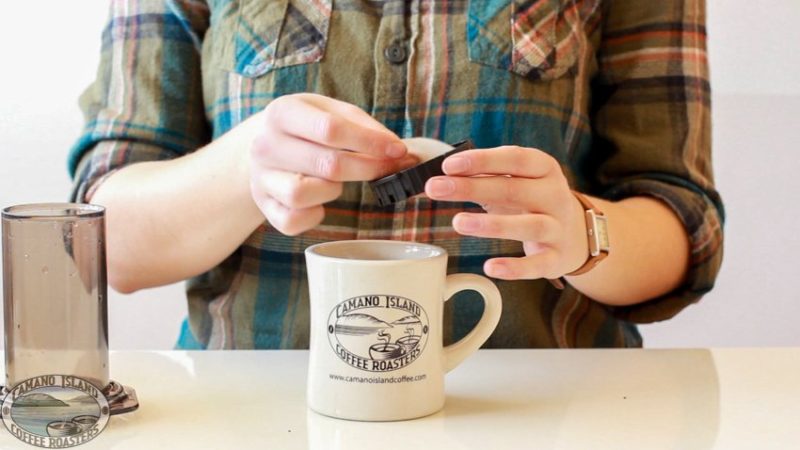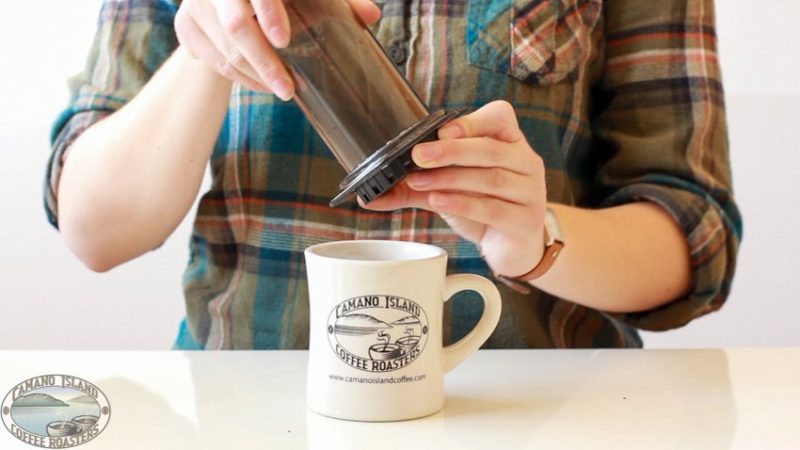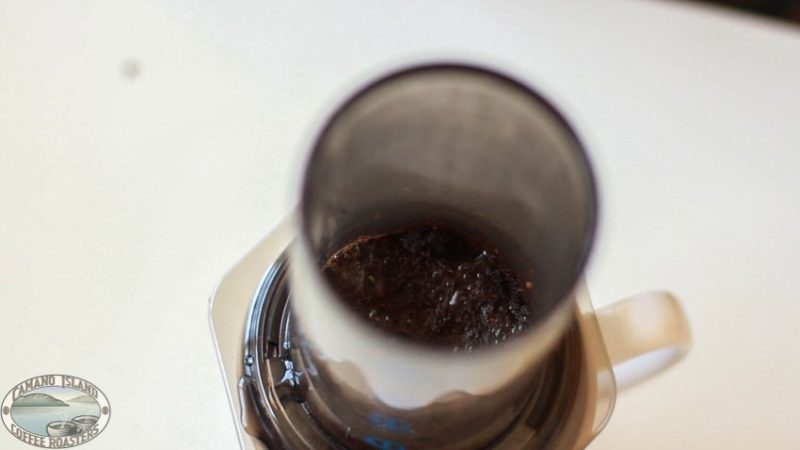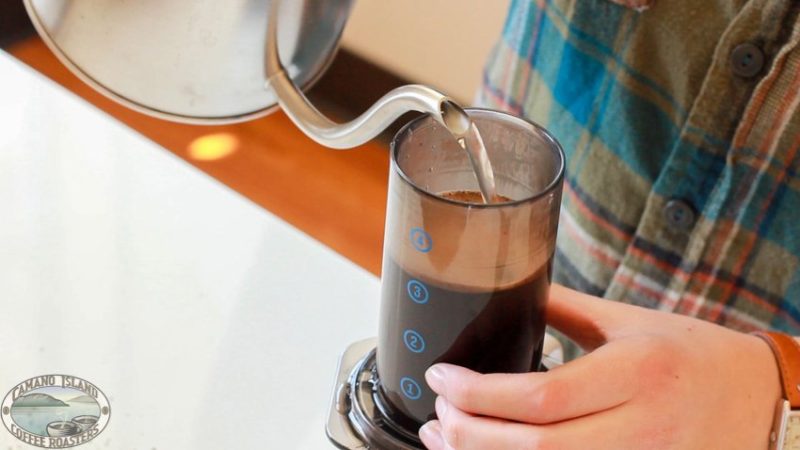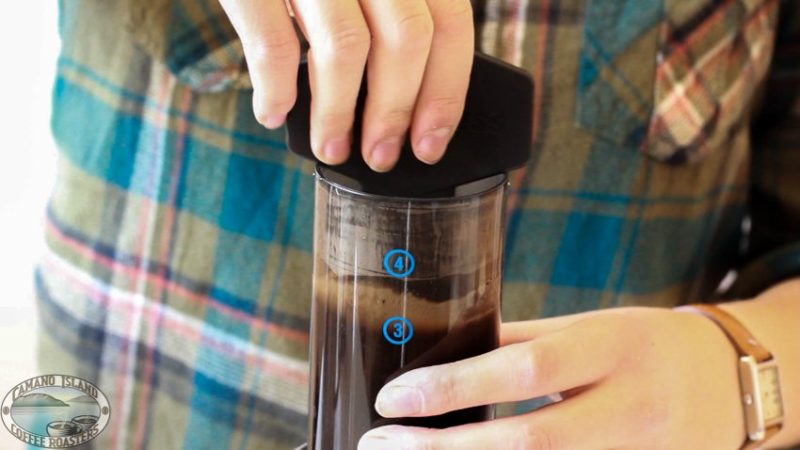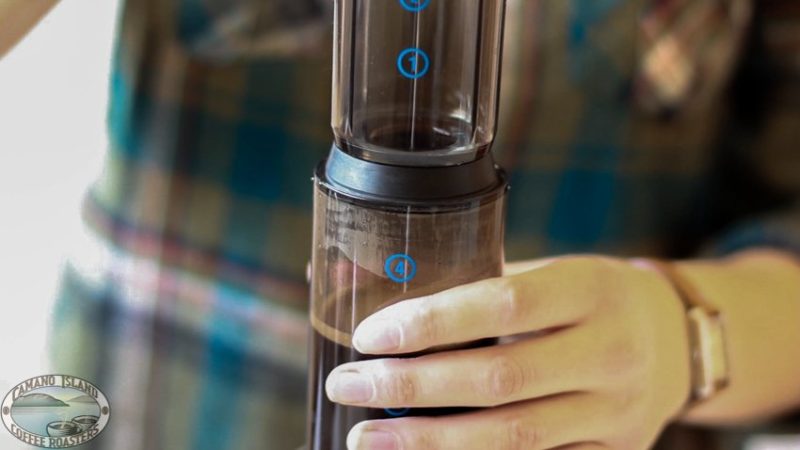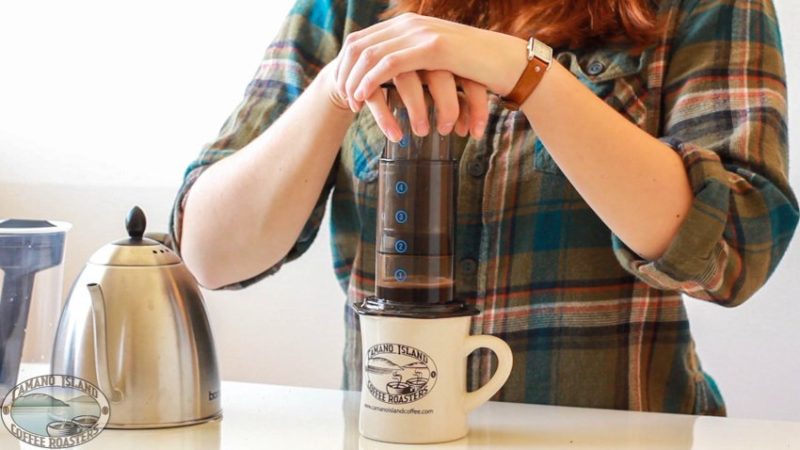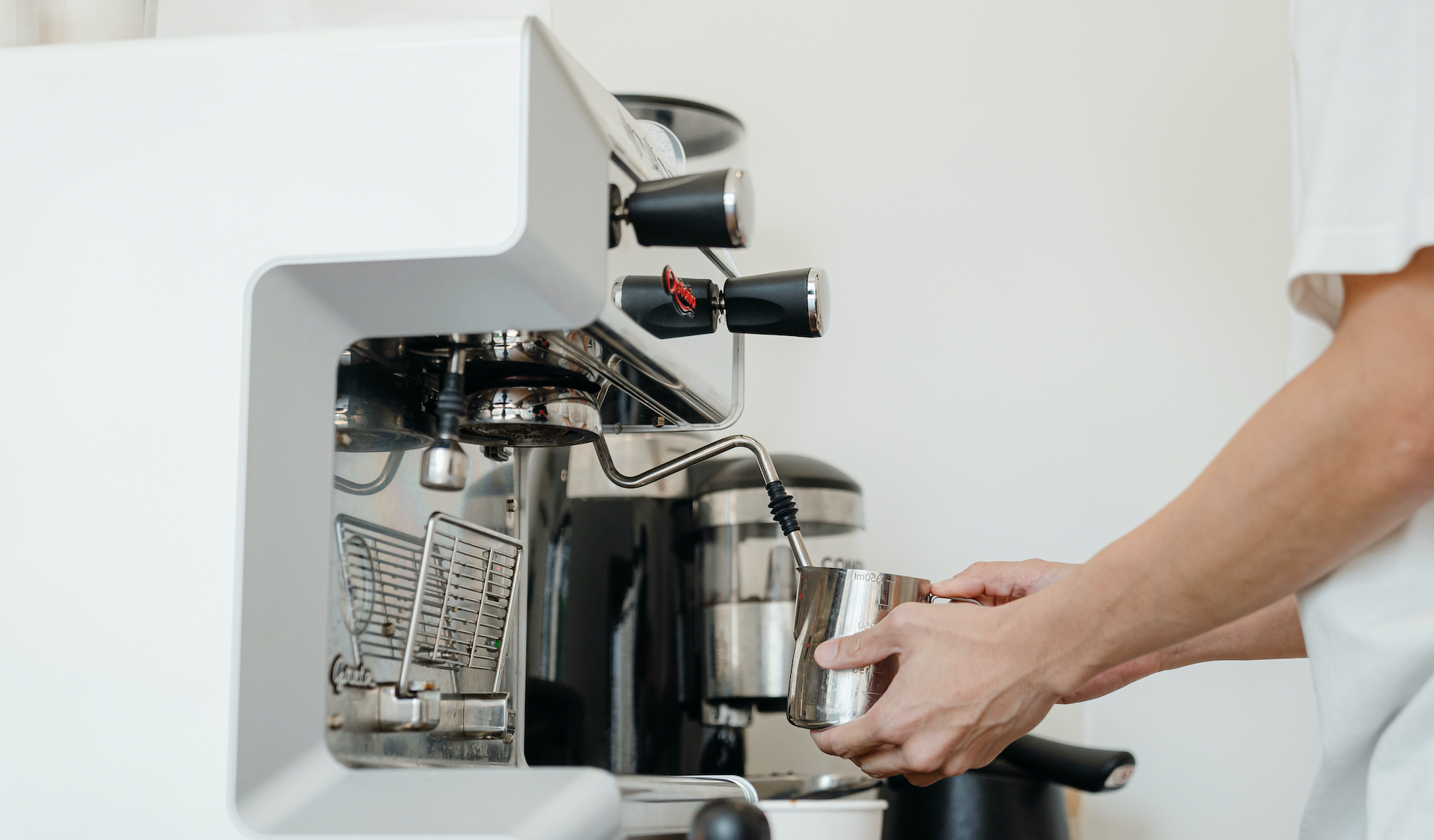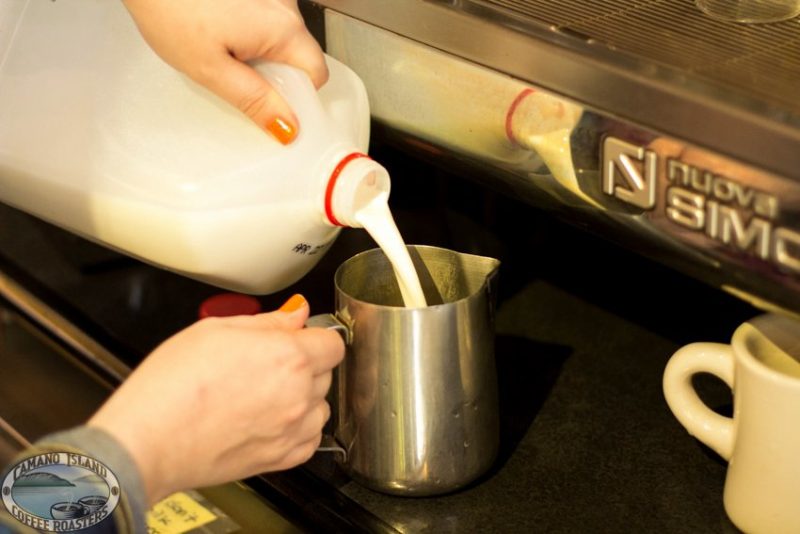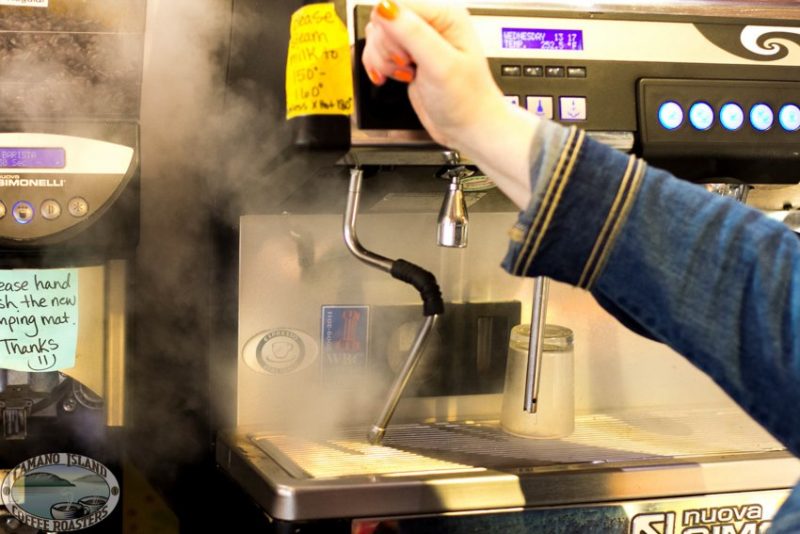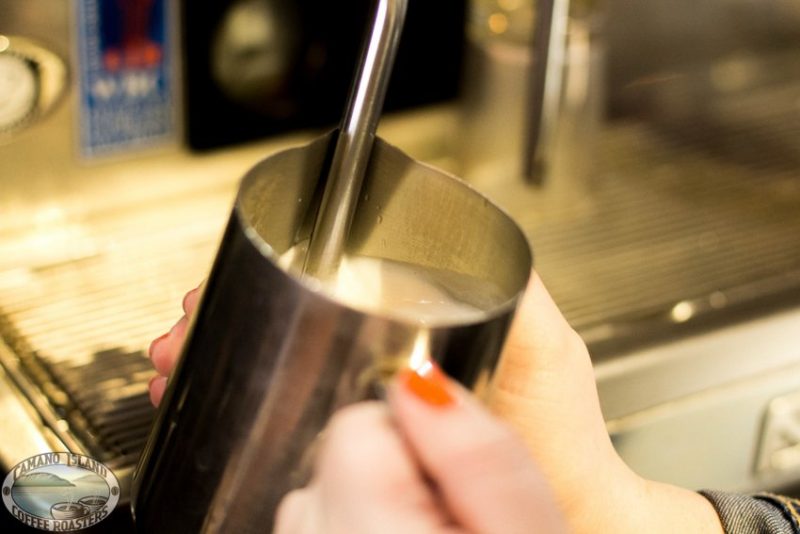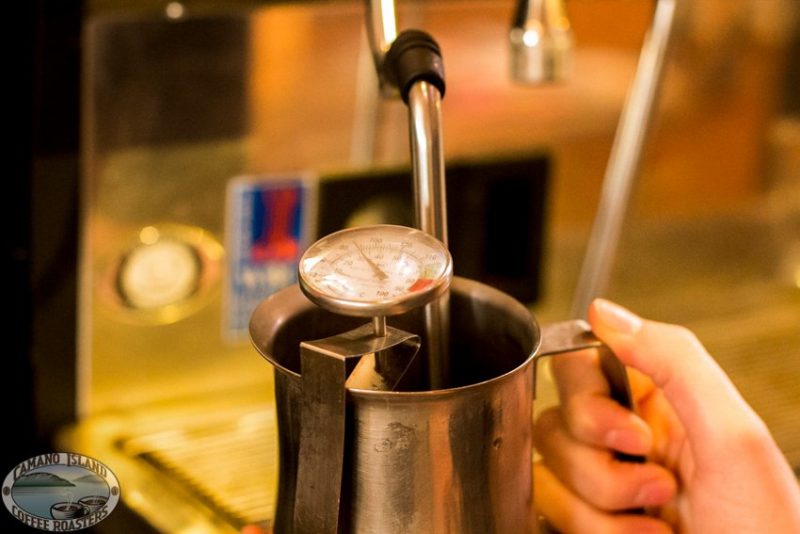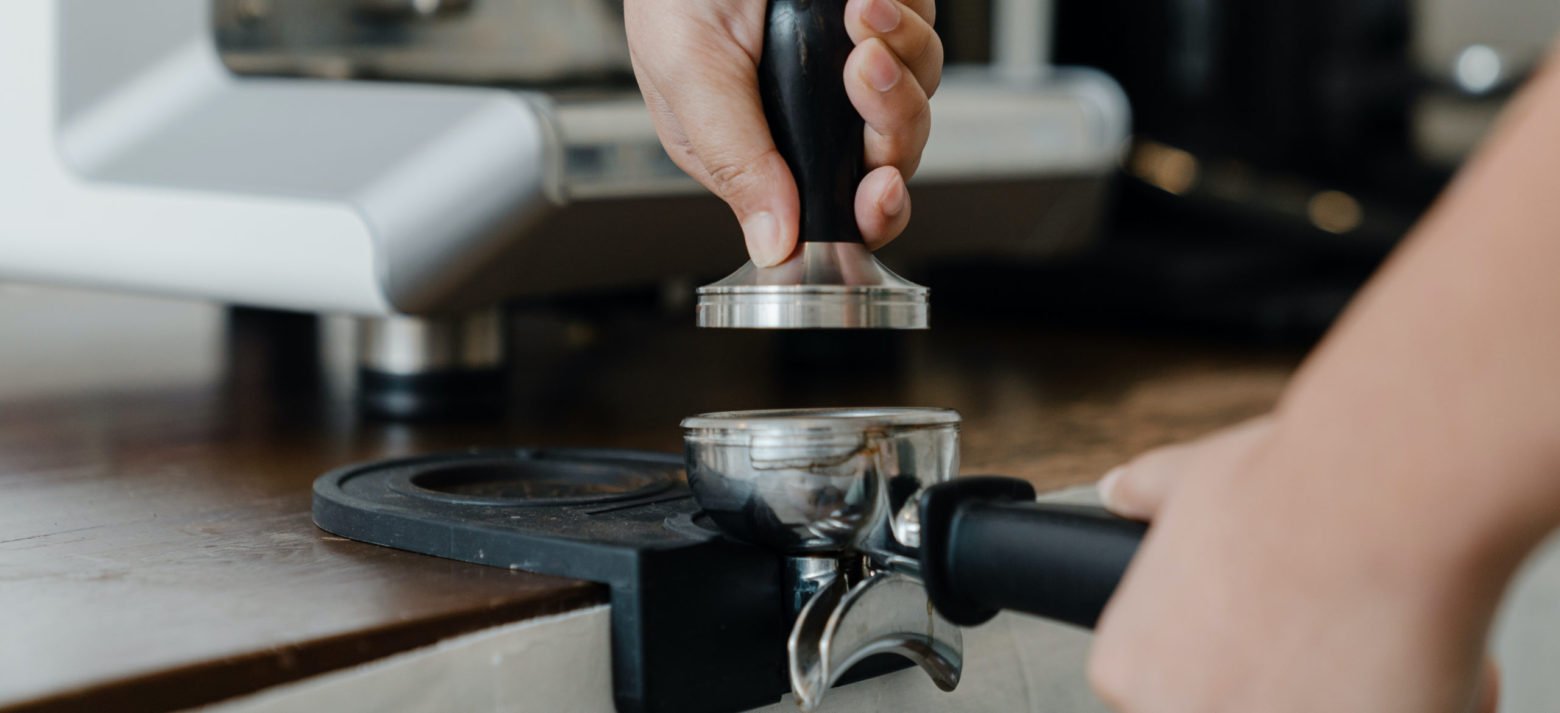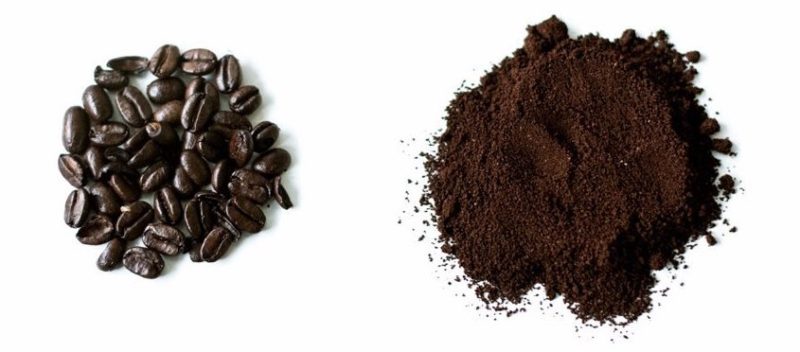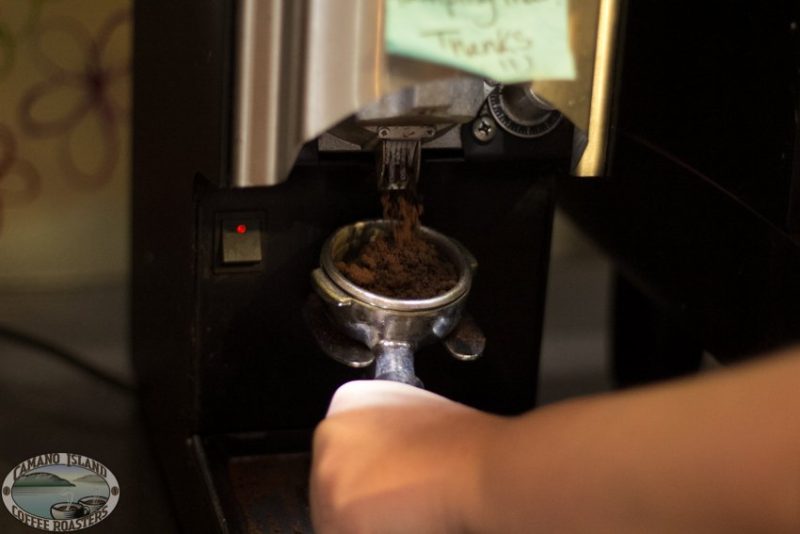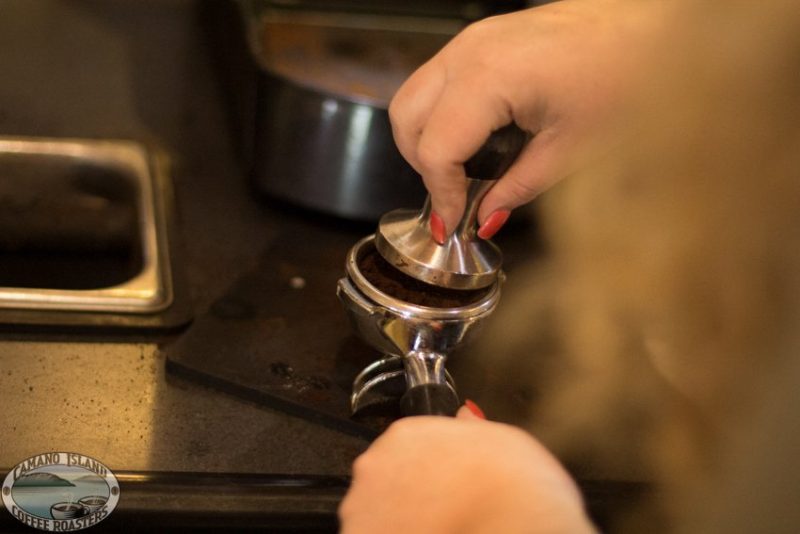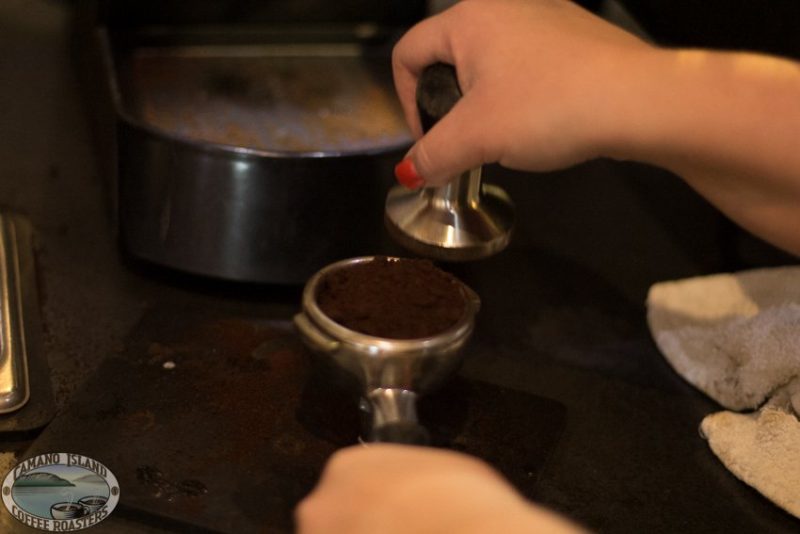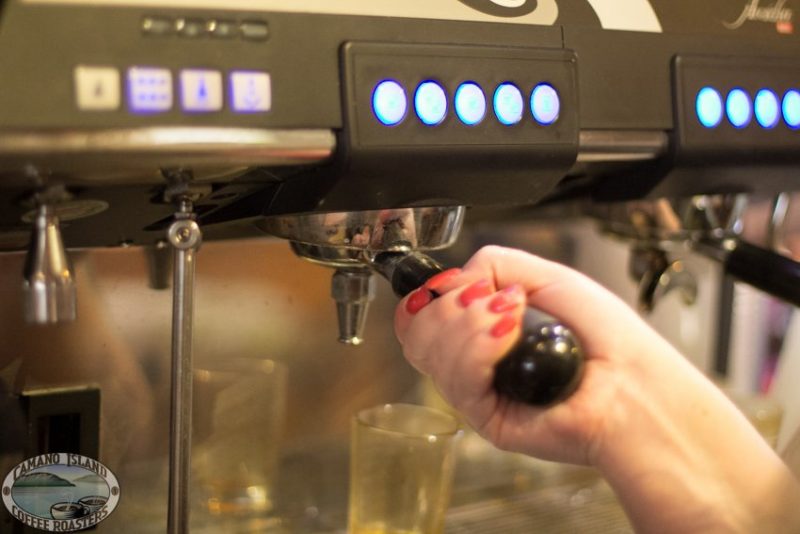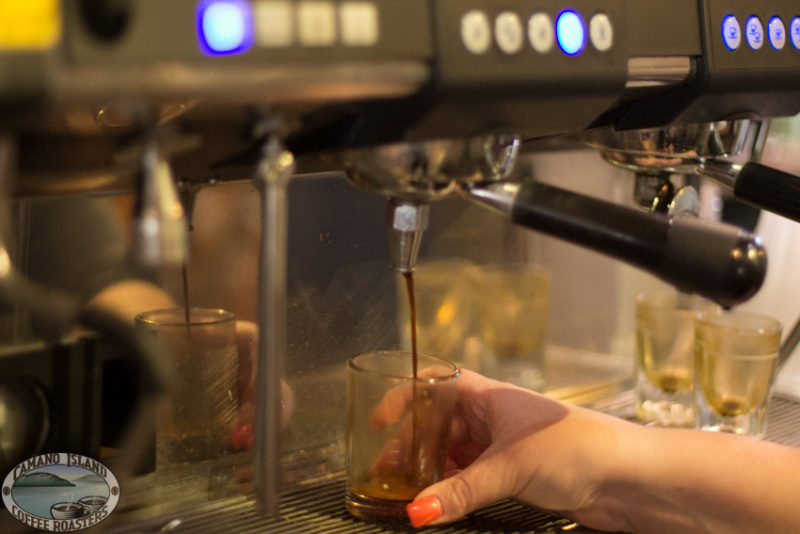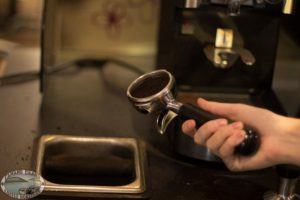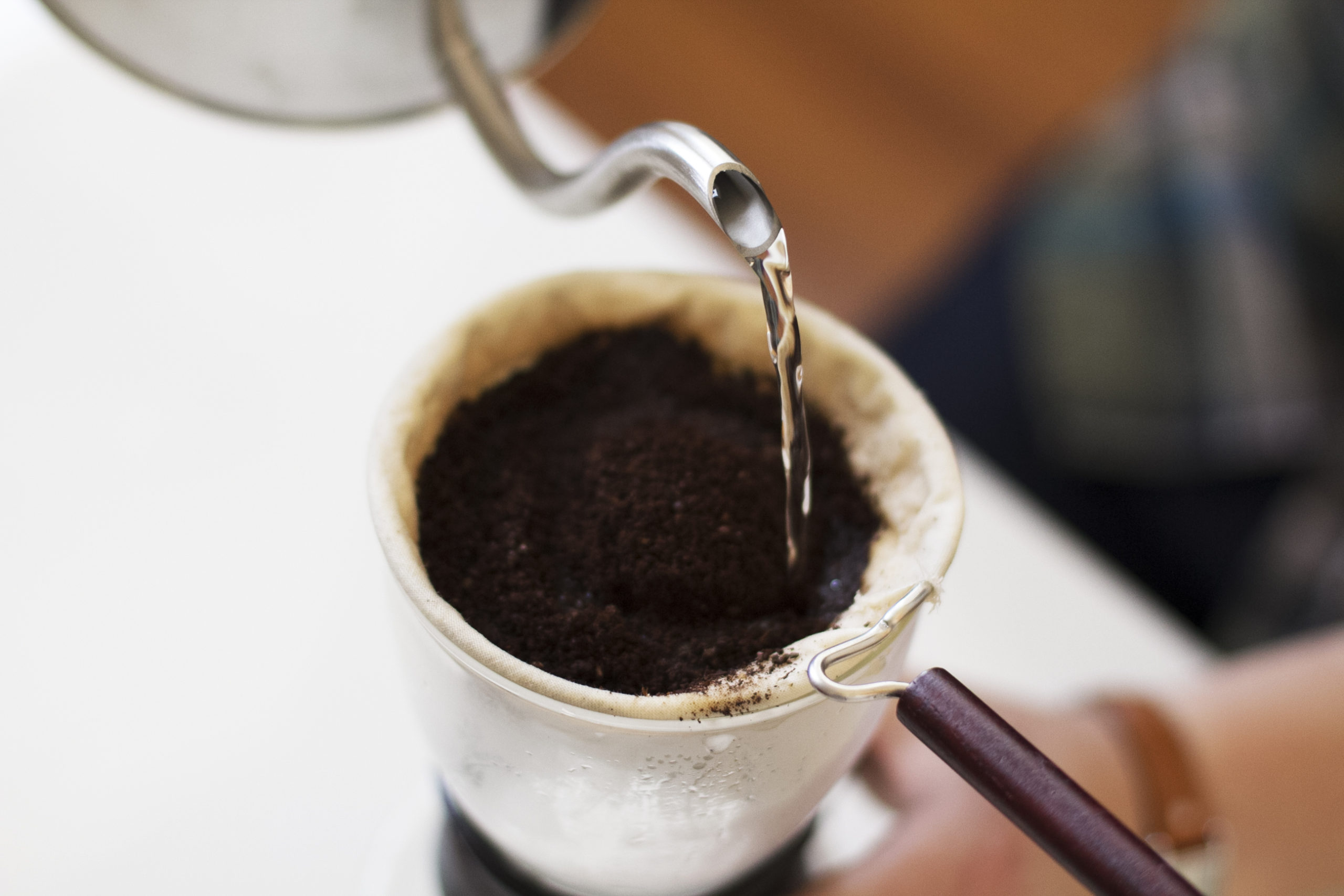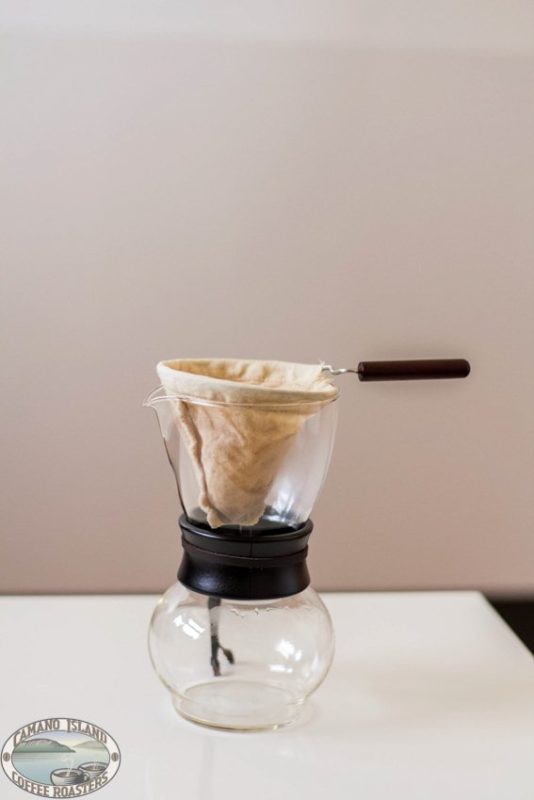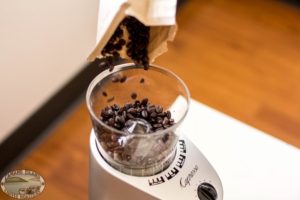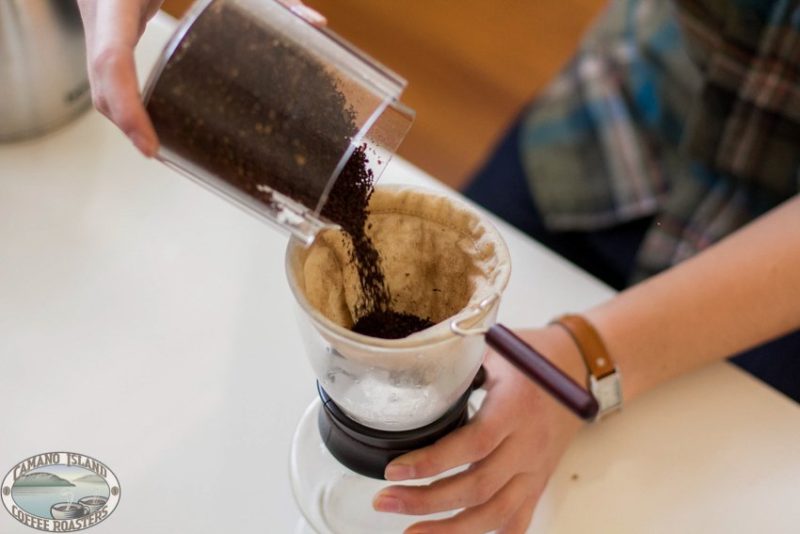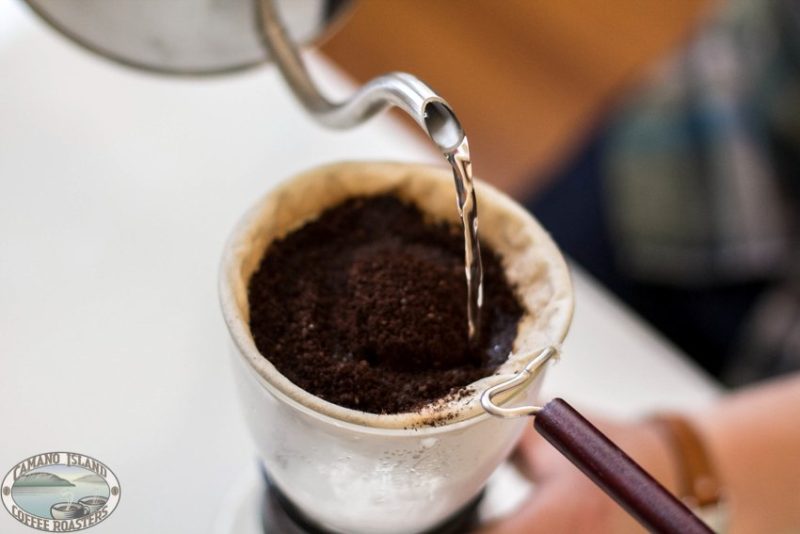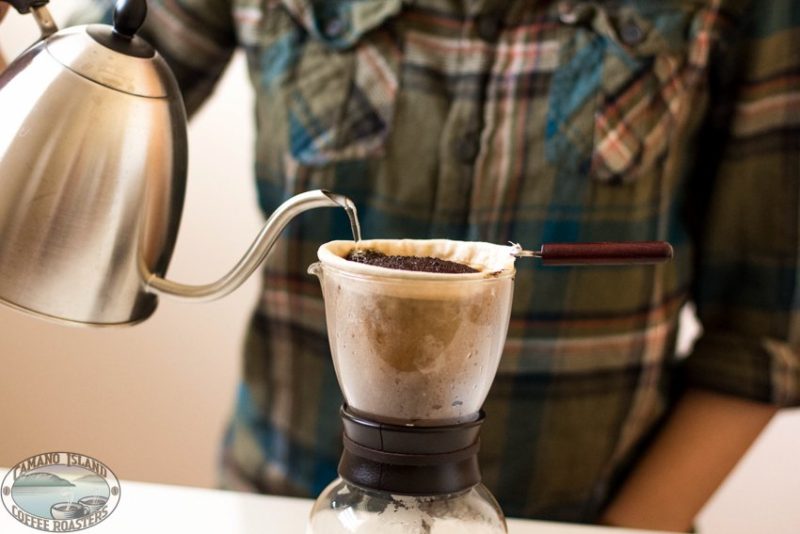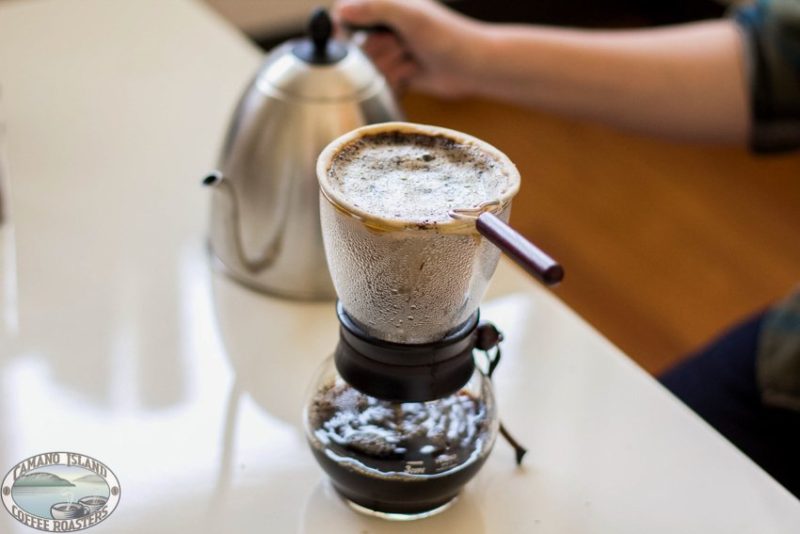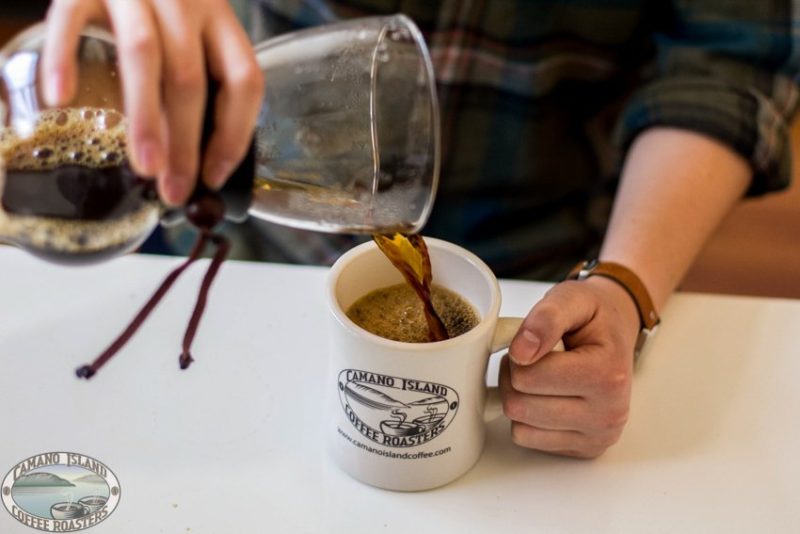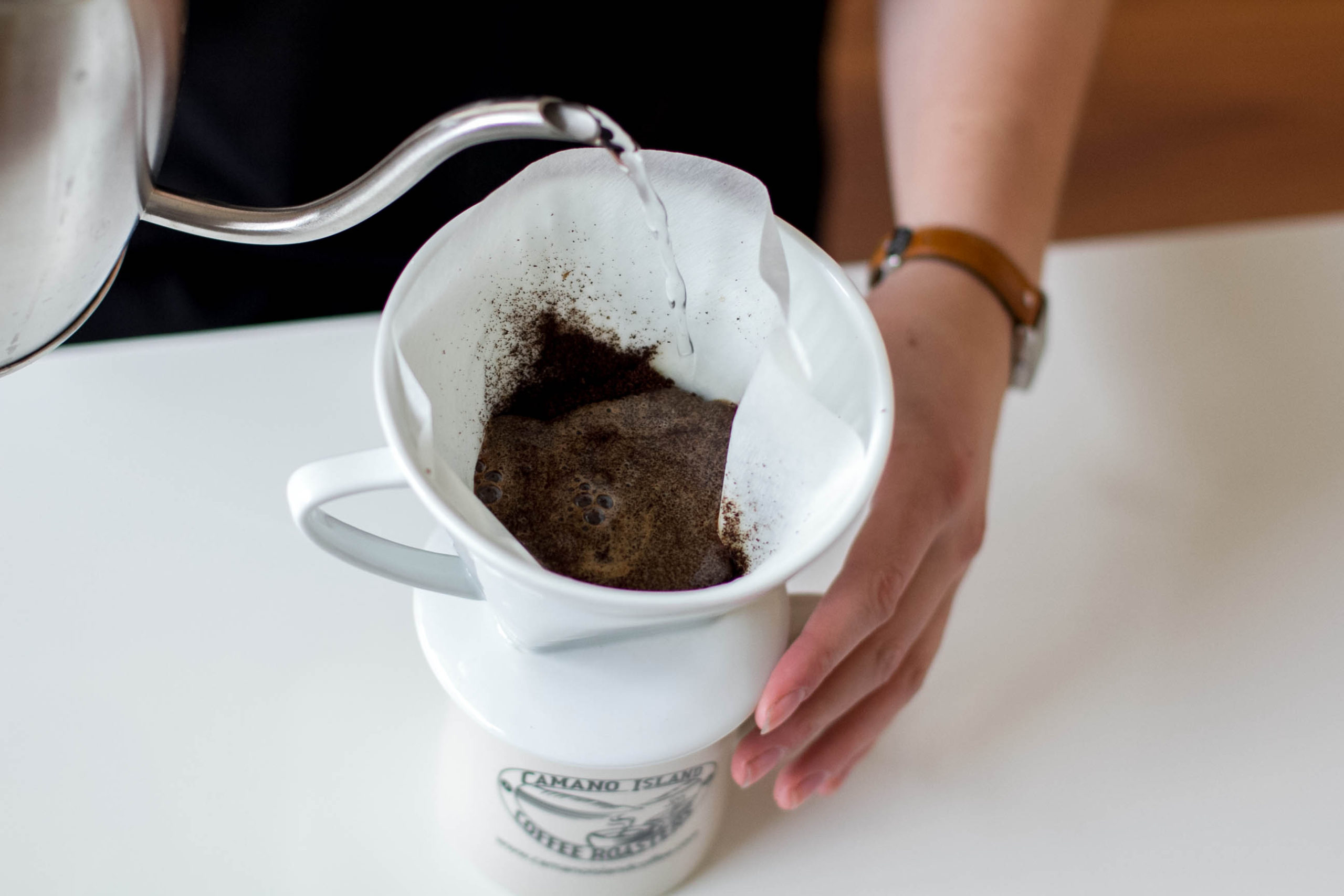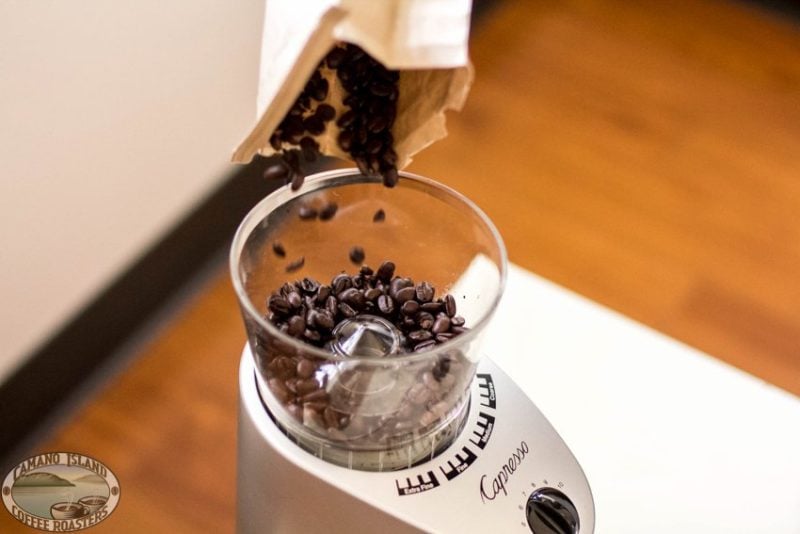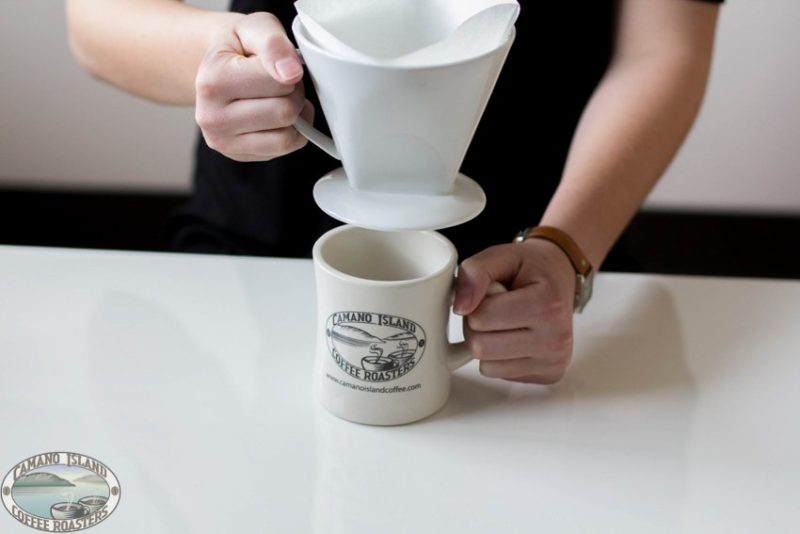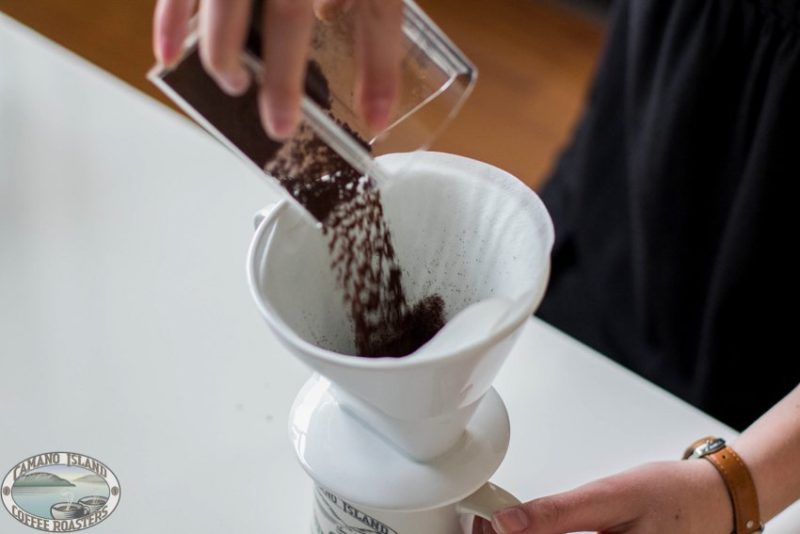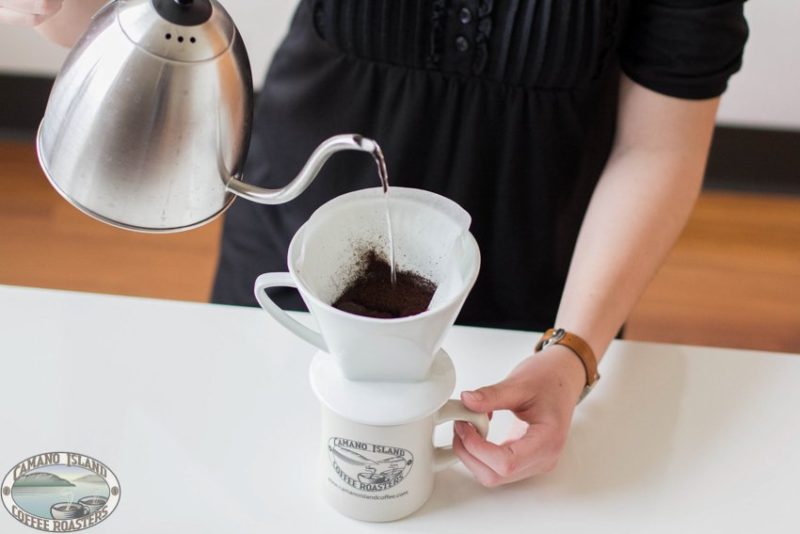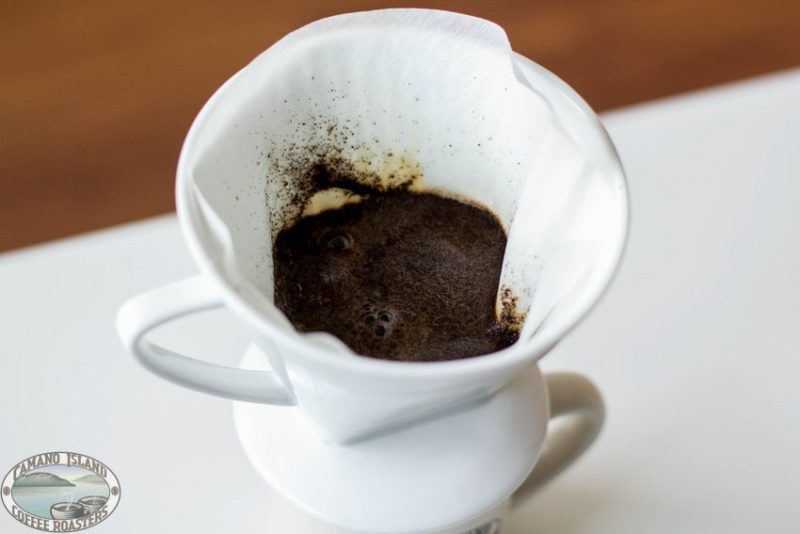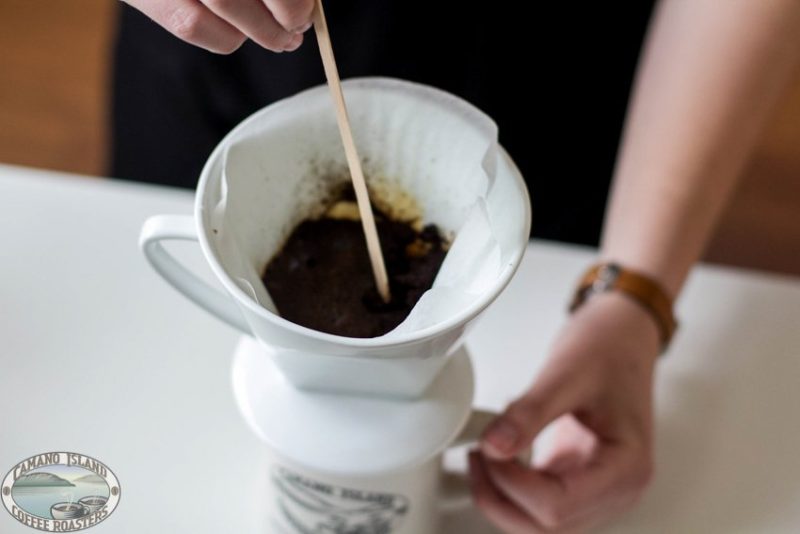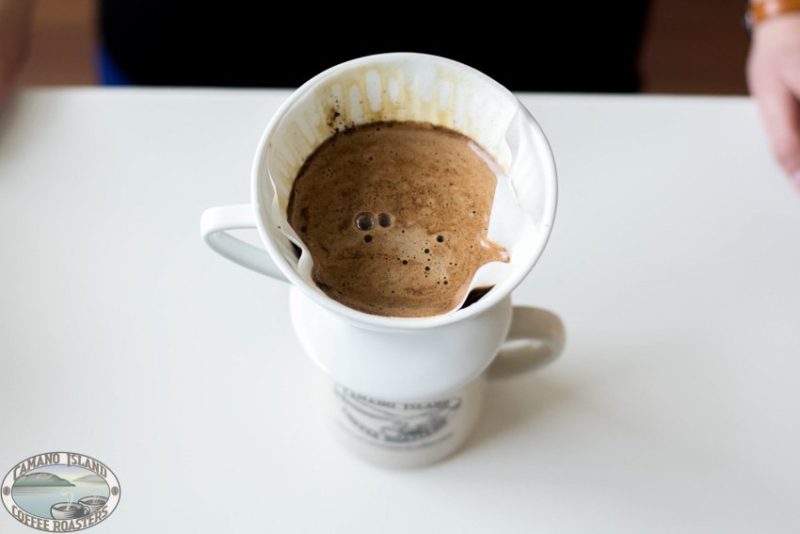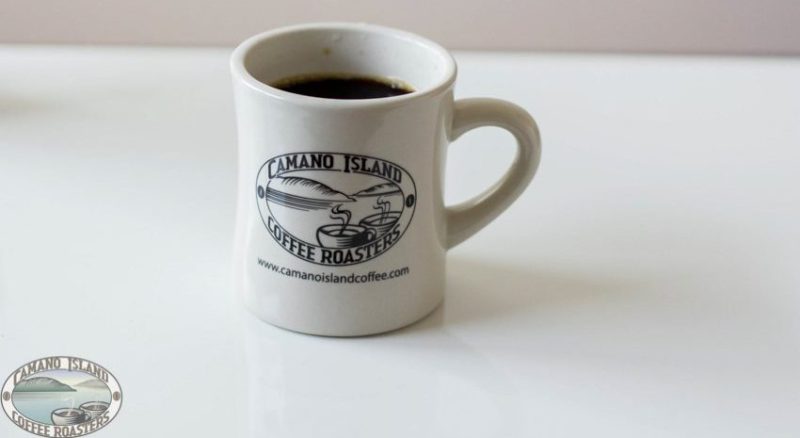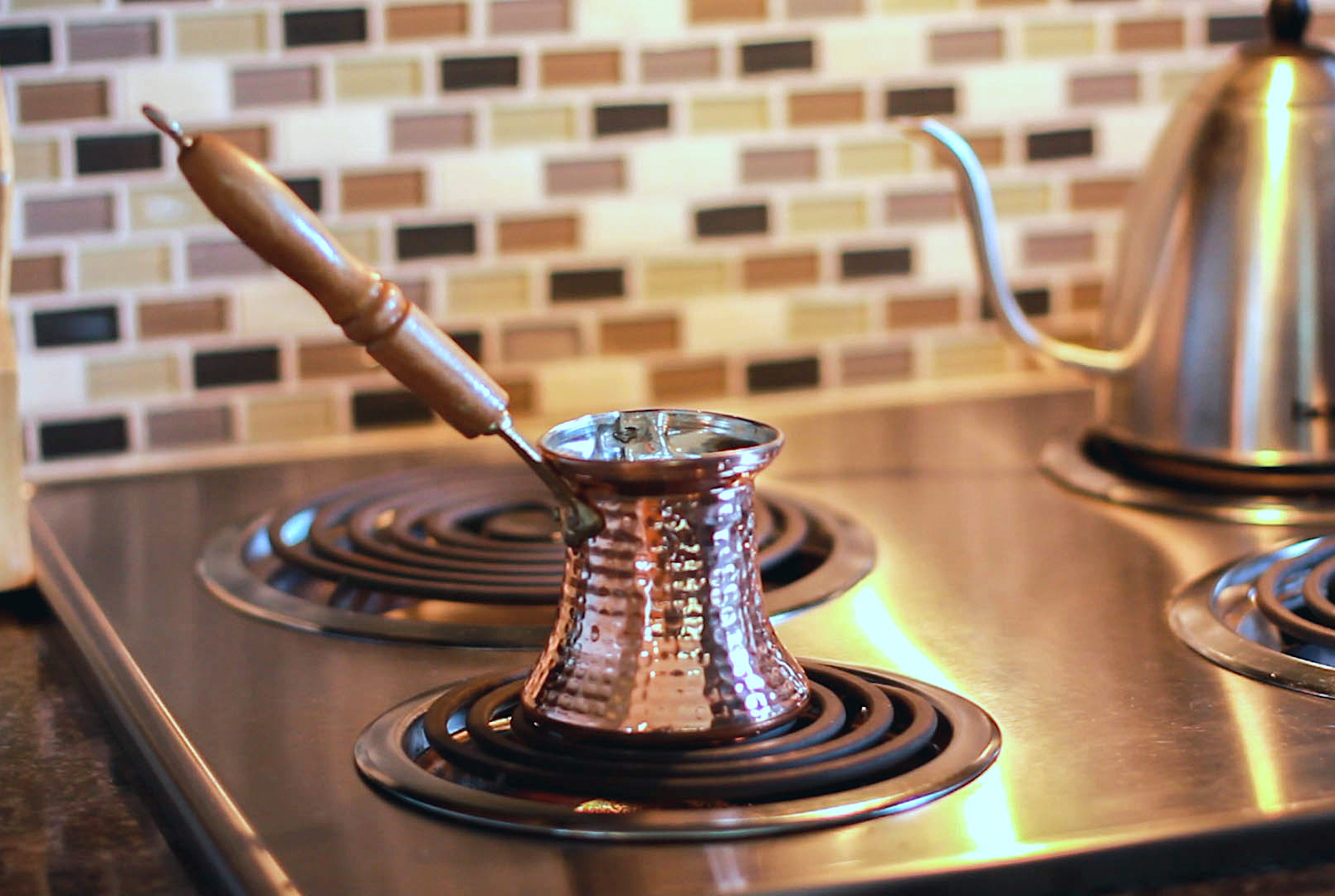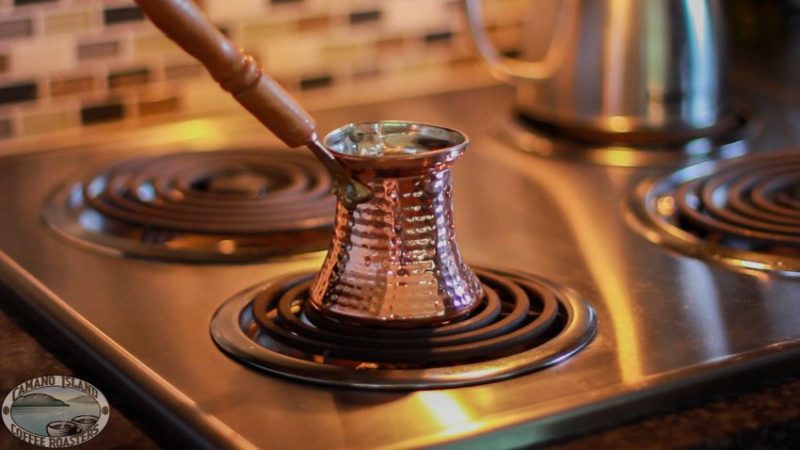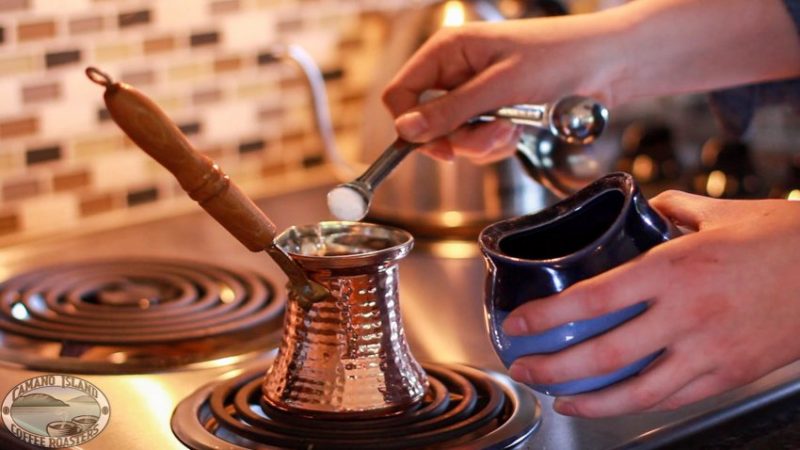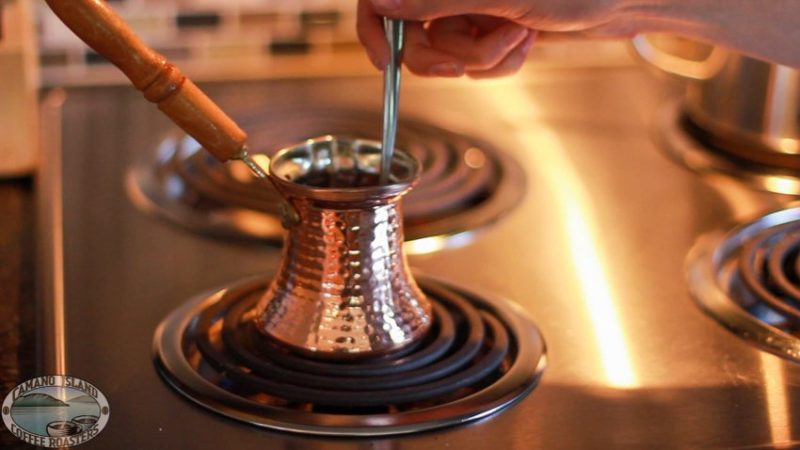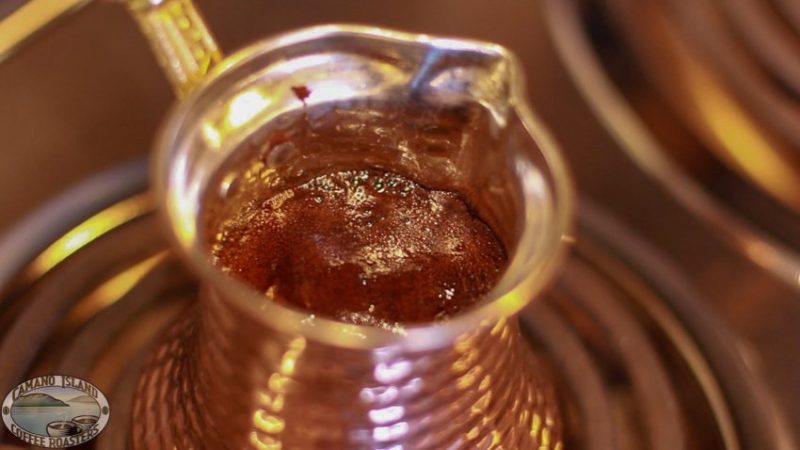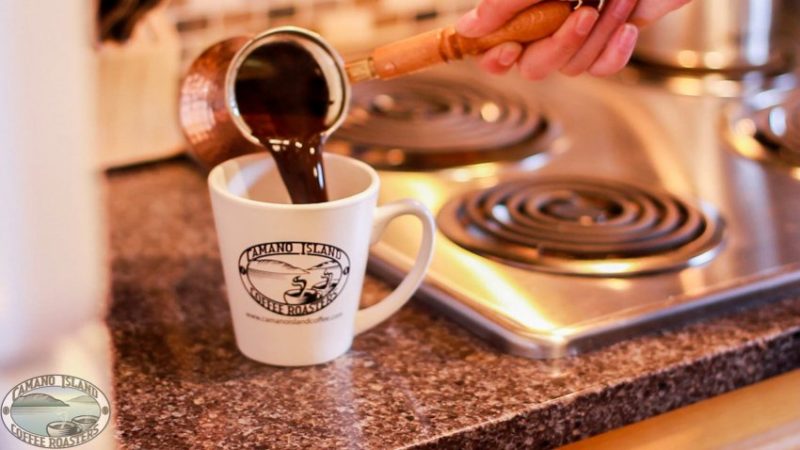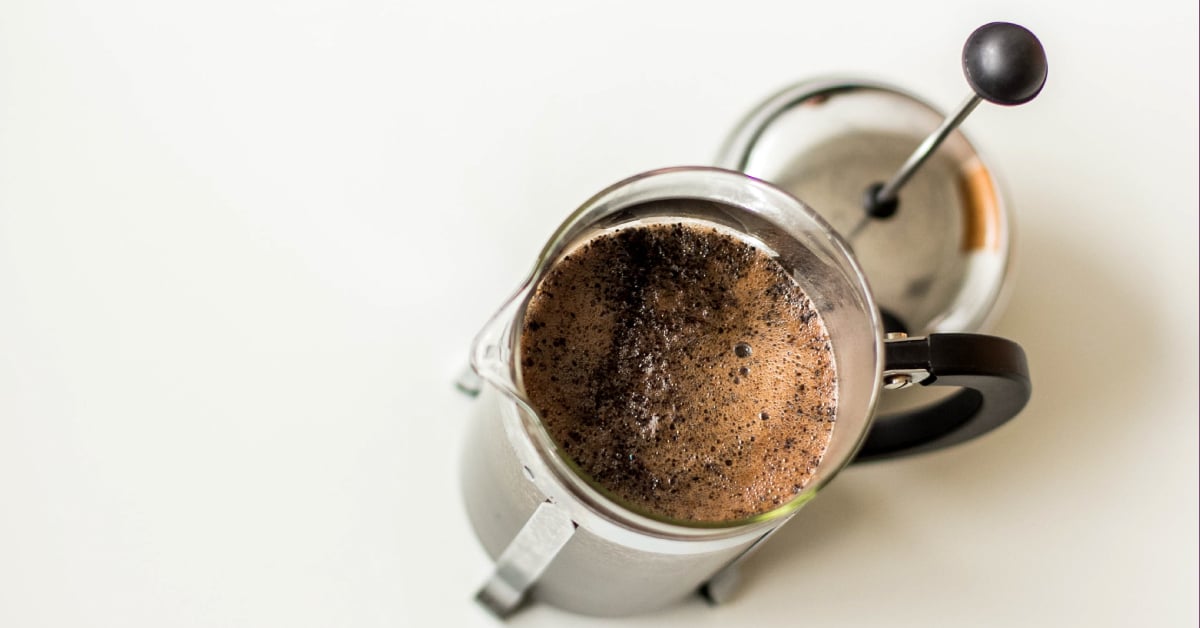
Brew Guide: French Press
The exact origin of the French Press has been subject to much debate. Folklore says it was an elderly frenchman in the 1850’s, while the Italians claim to have produced the most functional model in the early 1900’s. Of course, the fight to take the credit is understandable, as French Press is one of the most-loved brew methods around the world. For this brew, we used a Bodum 32oz. french press.
Brewing with a French Press is easy, and will take you about 12 minutes.
What You Need
- French Press
- Coffee
- Water
- Wood Stirrer
- Gooseneck Kettle
- Grinder
Amounts
- 4 tbsp coffee & 16oz water
- 8 tbsp coffee & 32oz water
- 32 grams coffee & 473 grams water
- 64 grams coffee & 946 grams water
Grounds
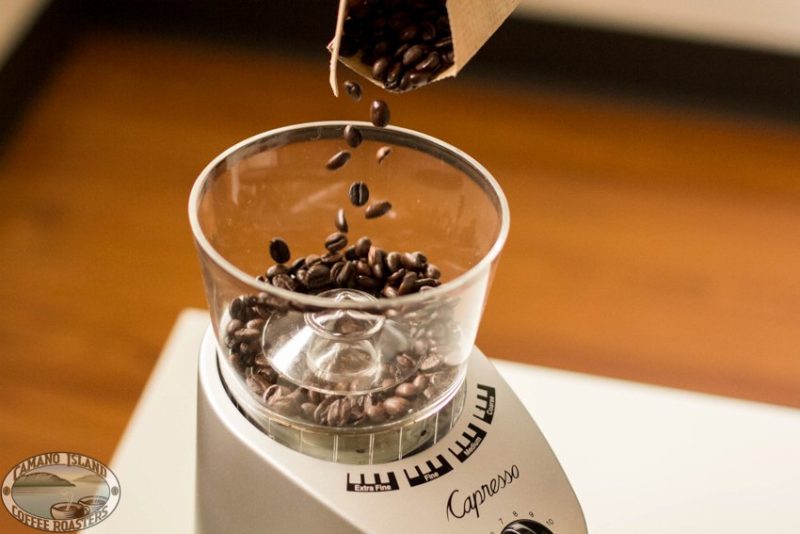
To start, we suggest a ratio of 2 tablespoons of grounds for every 8oz of water. The coffee should be ground on the coarsest setting – a #9 on an industrial grinder. If your grounds are too fine, you will get “muddy” coffee in your press.
Water
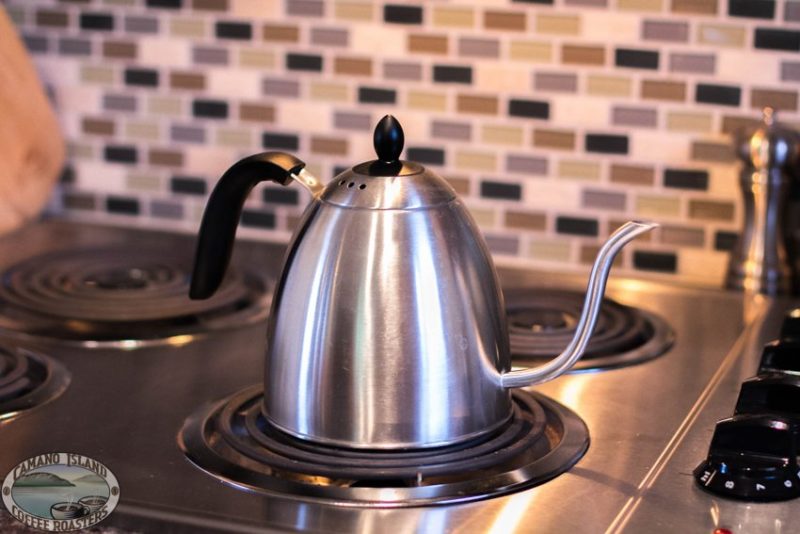
Heat your water until it’s boiling, and then remove from the heat source for 30 seconds before pouring (boiling water will burn your grounds and ruin your drink!) – The best temperature for brewing is between 195-205 degrees.
Adding Grounds
Drop the grounds into the french press, and pour enough water over them until they are fully covered.
Bloom
Pause and let the coffee bloom for 45 seconds.
Adding Water
Continue to pour the rest of your water into the press. You can now let it brew for 3-5 minutes (personally, we think 4 minutes is the perfect time, but it’s all about your own taste preference).
Breaking the Crust
Once the time is up, use a small bamboo paddle or chopstick (not metal – you don’t want to crack the glass) to break the crust and give the grounds a quick stir.
Now you can put on the lid and press! There should be a small amount of resistance, but not much. If it is difficult to push down, your grounds are probably a bit too fine. If it seems way too easy to press, perhaps your grounds are too coarse.
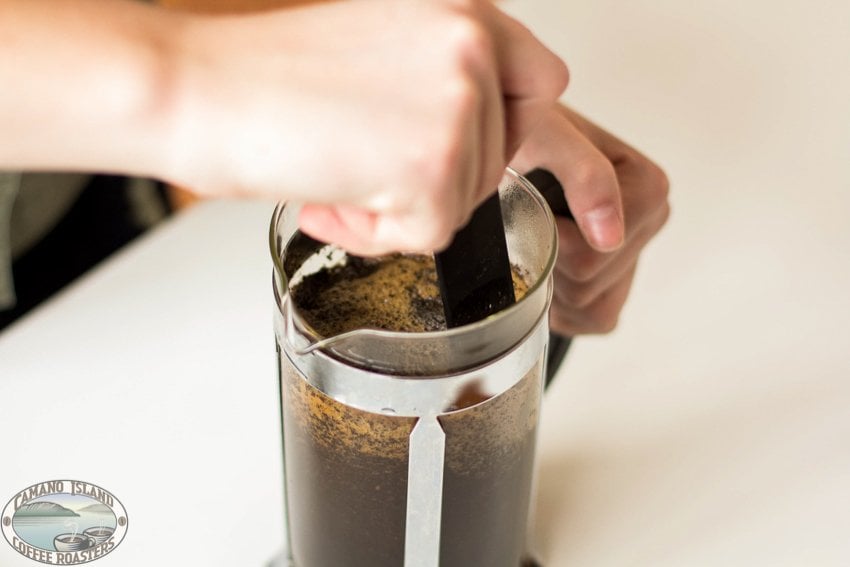
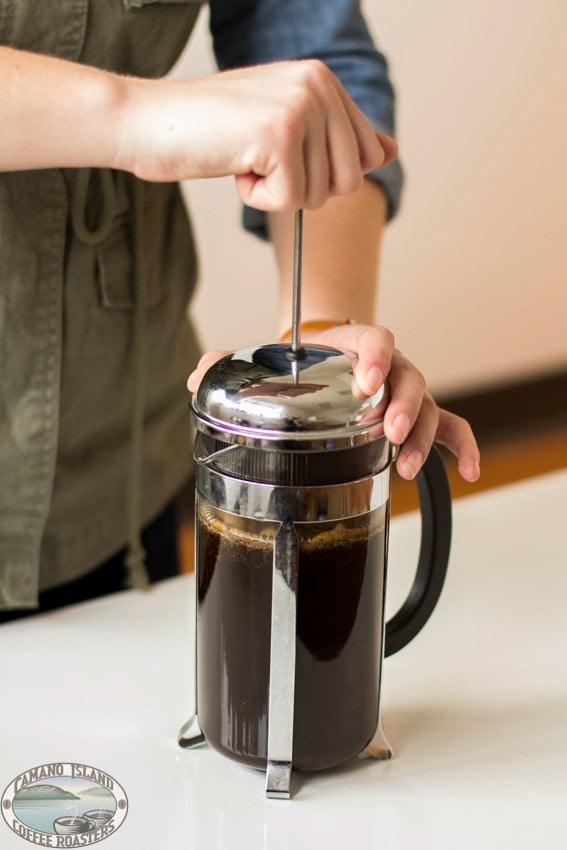
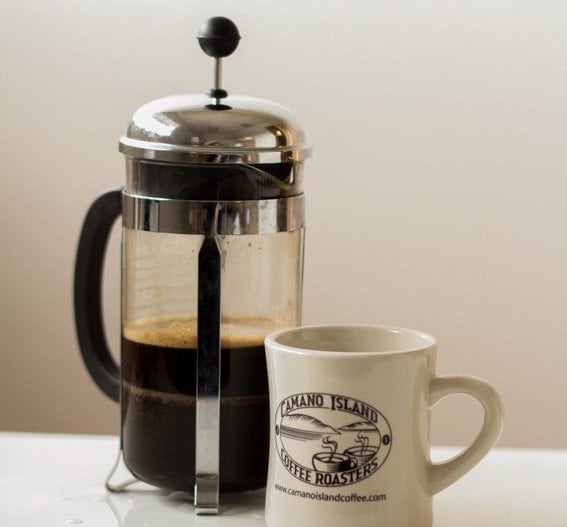
Enjoy!
Pour into your favorite mug and enjoy your marvelous cup of delicious french press.

